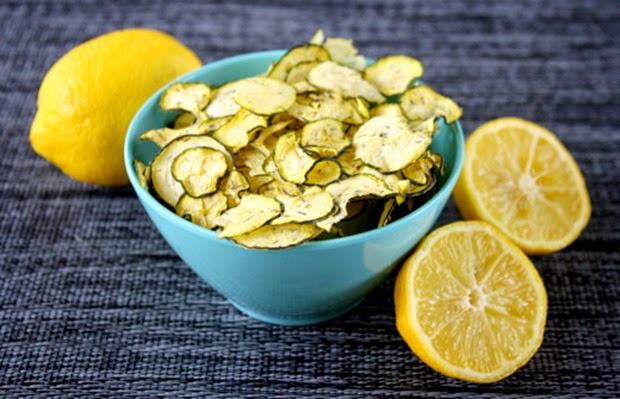5 Facts About NLP | |
| Posted: 30 Aug 2014 08:00 AM PDT Neuro-linguistic programming, or NLP, is a behavioral-modification technique used by a wide range of mental health practitioners, including psychiatrists, medical physicians, hypnotherapists, and general counselors. This psychological modality was invented and introduced to the public in the 1970s and continues to remain a popular tool for initiating positive change within individuals. The evidence that exists is not as abundant as the claims, making it a somewhat supplementary approach rather than a sole application for personal concerns.
Five Facts About Neuro-linguistic ProgrammingThe use of guided visualizations along with specific language patterns are interwoven into what is known as NLP. For years claims on the benefit of this practice have been numerous, with many of them including improving memory and focus, aiding weight loss, detecting lies, [1] and decreasing anxiety. Only a few research studies have been successful in supporting these claims. This is not to say that NLP isn't effective, but to merely suggest that this tool may be simply a complementary approach that only sees results in a certain type of individual. Here are a few of the claims that have been made in relation to NLP: #1. Weight LossPsychological behavioral modification programs can be helpful for decreasing food intake and increasing exercise consistency. This led many NLP experts to believe that neuro-linguistic programming may also be an effective weight loss approach. One research study examined the effects of weight loss with either NLP or a cooking course. People in the NLP group lost more weight initially, but the dropout rate was higher than that of the cooking class. [2] No evidence existed to show any difference in weight maintenance two to three years following both approaches. Thus, the evidence for NLP and weight loss remains inconclusive. #2. LearningAn NLP practice may be helpful for improving self esteem in children with dyslexia, possibly having a positive impact on their learning capabilities. [3] These findings were mainly due to the fact that NLP helped to provide a deeper sense of relaxation and lower level of anxiety in participants. Researchers agree that more examination is needed, especially for those with ADD/ADHD. #3. AnxietyOne study on individuals with claustrophobia undergoing an MRI found that NLP was an effective tool for decreasing anxiety. [4] In fact, it was so effective that it helped to reduce the necessity of anesthesia. Other studies have shown that NLP may lower trait-anxiety scores. [5] The combination of relaxation and guided imagery is perhaps the biggest contributor to decreasing anxious feelings in most individuals. General stress, however, has yet to be studied in relation to NLP. #4. DepressionThere is some evidence suggesting that NLP may be a useful tool for supporting an overall healthy mood. [6] This evidence is limited, however, and should not indicate that NLP has a direct positive effect on lifting depression. Since depression involves a multitude of personal factors that are unique to the patient, the approaches for dealing with symptoms should also be multifaceted and specifically tailored to the individual. #5. HabitsNLP has remained one of the most sought-after methods for releasing bad habits and replacing them with positive actions. Despite the anecdotal evidence that exists, very little research is available in the scientific literature. Since NLP has no risk for side effects, it can be viewed as a tool that one can use in their arsenal when fighting bad habits like reaching for fast food or delaying exercise. One Final ThoughtThe practice of NLP holds no significant side effects and can be seen as an experimental approach that may complement conventional psychotherapy. Eating well, exercise, and plenty of sunlight are also helpful for maintaining a healthy mental state. Everyone is different in regards to mentality, and no one approach can fit every person. That being said, it is important to use these techniques alongside approaches provided by a trusted physician or therapist. -Dr. Edward F. Group III, DC, ND, DACBN, DCBCN, DABFM References:
The post 5 Facts About NLP appeared first on Natural Health & Organic Living Blog. |
| You are subscribed to email updates from Natural Health & Organic Living Blog To stop receiving these emails, you may unsubscribe now. | Email delivery powered by Google |
| Google Inc., 20 West Kinzie, Chicago IL USA 60610 | |












